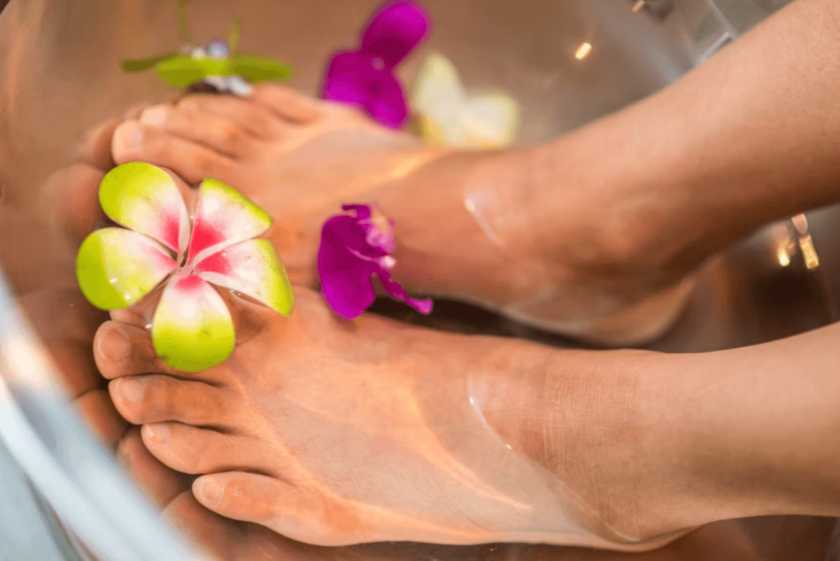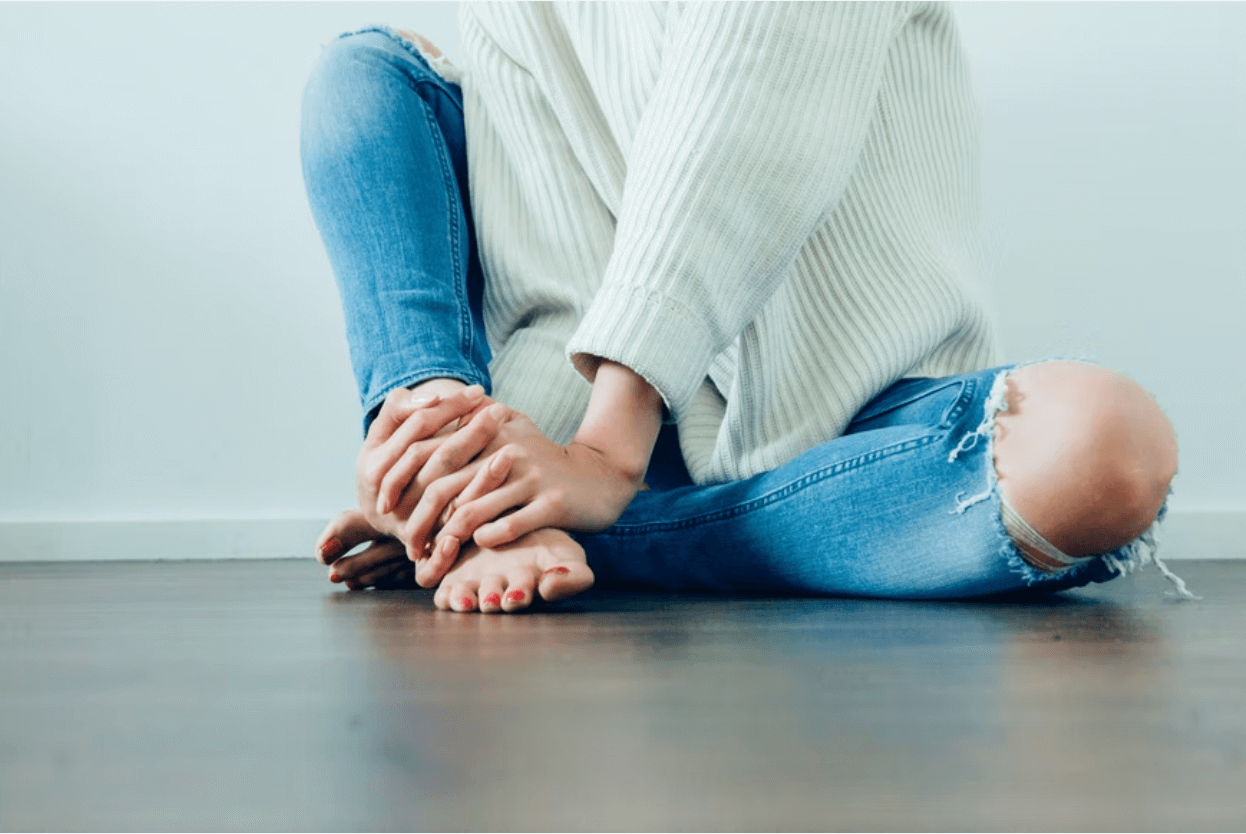Chronic foot pain is a common problem that can be caused by a variety of factors including underlying medical conditions, injuries, and poor footwear.
If you’re one of the millions of people who suffer from chronic foot pain, you know how debilitating it can be. Not only does it make everyday activities difficult, but it can also lead to a great deal of frustration and anxiety. The good news is that there are things you can do to help manage your symptoms and improve your quality of life. While there is no one-size-fits-all solution to this problem, some simple practices can make a big difference in how you feel. Here are seven tips to get you started:
Wear Comfortable Shoes.
This may seem like an obvious piece of advice, but it’s important to remember that not all shoes are created equal. If you’re suffering from foot pain, it’s important to choose footwear that provides adequate support and cushioning. This is especially true if you have a condition like plantar fasciitis or arthritis. And if your feet are particularly sensitive, consider investing in a pair of custom-made orthotics. These devices can be expensive, but they can make a world of difference in terms of comfort. In addition, avoid wearing high heels or pointy-toed shoes as these can put unnecessary pressure on your feet and cause additional issues like bunions or hammertoes, which can be extremely painful and very difficult to treat.
Wear Compression Socks or Stockings
Compression socks and stockings are designed to help improve circulation and reduce swelling. They’re often used by people who have conditions like diabetes, peripheral artery disease, and venous insufficiency. But even if you don’t have one of these conditions, compression socks can still help manage chronic foot pain. You can now also find different variations of compression socks, like nano socks, that are specifically designed to aid muscle recovery and help reduce inflammation and also improve your blood flow and circulation. With all the benefits of Nano socks, it’s definitely worth giving them a try if you’re struggling with chronic foot pain. And since there are both medical and nonmedical options available, be sure to talk to your doctor to see if compression socks are right for you.
Stretch and Massage Your Feet Regularly
Stretching and massaging your feet on a regular basis can help to improve circulation and reduce inflammation. One simple way to do this is to roll a golf ball or tennis ball under your foot for several minutes each day. You can also use a foam roller to massage the muscles and connective tissue in your feet. If you don’t have one of these tools at home, you can also try using a frozen water bottle. Just be sure to wrap it in a towel first to avoid any ice burns. However, if your budget and time allow it, getting a professional foot massage from a qualified reflexologist can be an extremely effective way to manage chronic pain. So be sure to add this to your list of self-care practices.
Exercise
It may seem counterintuitive to exercise when you’re in pain, but gentle exercises that stretch and strengthen the muscles in your feet can be quite helpful. One study found that a six-week program of calf raises and toe lifts helped to reduce pain and improve function in people with plantar fasciitis. If you’re not sure where to start, there are plenty of online resources and instructional videos that can guide you through some basic exercises. You may also consider hiring a qualified personal trainer or physical therapist to help you design a custom exercise program that meets your specific needs. Just make sure you consult with your doctor before starting any new exercise regimen, especially if you suffer from a medical condition like diabetes or peripheral artery disease.
Use Ice and Heat
Applying ice to the affected area can help to reduce inflammation and pain. Do this for about 20 minutes at a time, several times a day. This is because ice numbs pain receptors and can help to reduce swelling. And heat dilates blood vessels and helps to increase circulation, which can ease pain and muscle spasms. Just be sure not to apply ice or heat directly to the skin, as this can cause burns. Instead, wrap them in a towel or another layer of protection first to avoid any tissue damage. You can also alternate between ice and heat by applying a heating pad for 15-20 minutes followed by ice for another 15-20 minutes. Some people find that taking a warm bath or shower also helps to soothe their sore feet.
Don’t Ignore Your Pain
It may be tempting to just tough it out and push through the pain, but this is the worst thing you can do. When you ignore pain signals, you’re more likely to injure yourself further. This is especially true if you have a condition like diabetes that can cause nerve damage. If you experience any numbness, tingling, or weakness in your feet, see a doctor right away, as this could be a sign of serious trouble. In addition, be sure to listen to your body and take breaks when you need to. If your feet are hurting, try to avoid standing for long periods of time and give them a chance to rest and recover. And if you do need to spend time on your feet, be sure to wear comfortable, supportive shoes and take regular breaks to sit down and elevate your feet.
Manage Your Weight
Carrying around extra weight puts unnecessary strain on your feet, which can lead to pain. This is why it’s important to maintain a healthy weight if you want to keep your feet healthy and pain-free. If you’re overweight or obese, talk to your doctor about ways to lose weight safely and gradually. They may recommend changes to your diet and exercise routine, as well as medication or surgery if necessary. Losing even a small amount of weight can make a big difference in the health of your feet, so it’s worth the effort. And not only will you reduce your risk of foot pain, but you’ll also lower your risk of other health problems like heart disease, stroke, and diabetes.

As you can see, there are plenty of simple things you can do to help ease your chronic foot pain. And while there is no one-size-fits-all solution, these general tips can help you find relief from your pain and get back to enjoying your life. So experiment with different methods and find what works best for you. And be sure to talk to your doctor if your pain is severe or persists despite your best efforts. They may be able to recommend more specific treatments or interventions to help you find relief.

